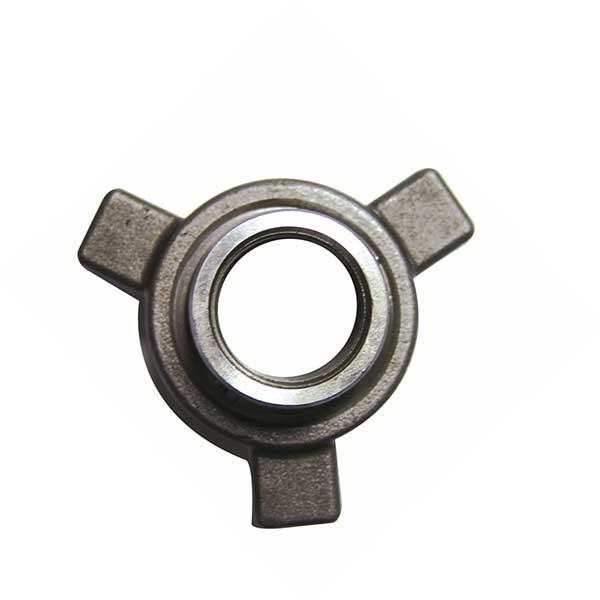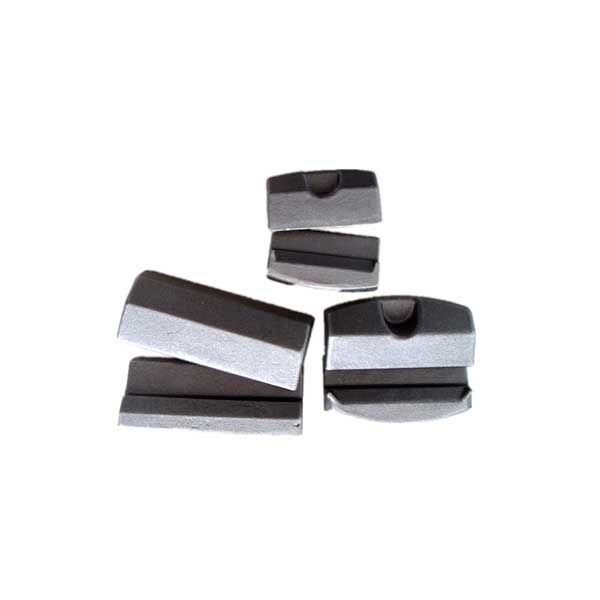Hot forging is a manufacturing process in which metal is heated to a specific temperature and then shaped using pressure from a press or hammer.
There are several different types of hot forging, including:
Upset forging
Upset forging is a process in which a metal rod or bar is heated and then compressed between two dies to increase its diameter and decrease its length. This process is commonly used to produce fasteners, such as bolts and screws.

Open-die forging
Open-die forging, also known as smith forging, is a process in which metal is heated and shaped using a hammer or press. The metal is not confined by a die, allowing for greater flexibility in the size and shape of the final product. This process is commonly used to produce large, heavy components, such as turbine shafts, crankshafts, and gears.
Closed-die forging
Closed-die forging, also known as impression forging, is a process in which metal is heated and shaped using a set of dies that contain the desired shape of the final product. This process is commonly used to produce complex shapes, such as connecting rods, gears, and axles.

Roll forging
Roll forging is a process in which a metal rod or bar is passed through a set of rollers to deform it into the desired shape. This process is commonly used to produce parts with a constant cross-section, such as bearings and shafts.
Isothermal forging
Isothermal forging is a process in which metal is heated and shaped at a constant temperature to minimize thermal stress and deformation. This process is commonly used to produce components with complex shapes and high strength, such as aerospace and automotive parts.
Each type of hot forging has its advantages and disadvantages, and the choice of process will depend on the specific requirements of the component being produced.


